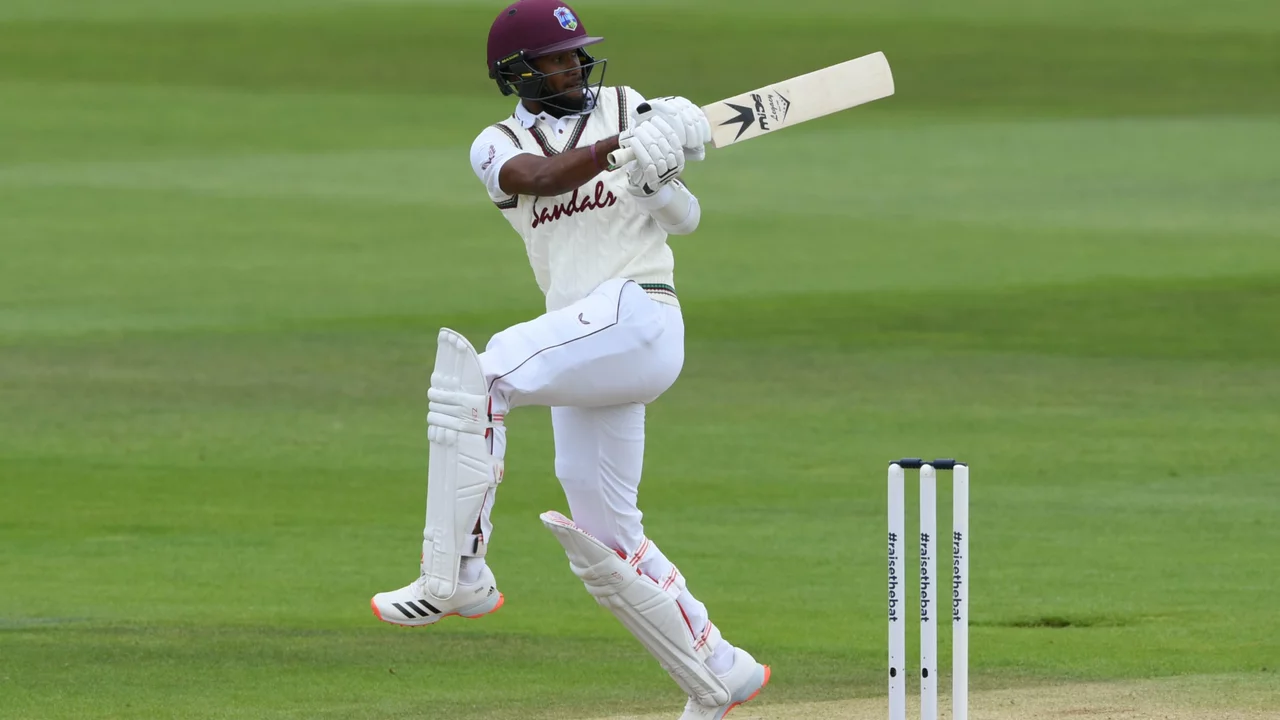August 2023 Cricket Archive
When you open the August 2023 Cricket Archive, a curated set of posts released in August 2023 that focus on key cricket topics2023/08 Archive, the first thing you’ll notice is the recurring question: why is cricket scoring so hard to explain? Cricket scoring, the system used to add up runs, track wickets and count overs during a match isn’t just a tally; it’s a language that mixes math, strategy and tradition. A single run may look simple, but when you stack singles, fours, sixes, and extras together, the total can swing dramatically. Add wickets into the mix, and each dismissal not only stops a batter’s personal run tally but also chips away at the team’s chance to bat longer. Then there are overs – groups of six legal deliveries – that act as both a timekeeper and a tactical unit. In Test cricket you get 90 overs a day, while a T20 match ends after just 20 overs per side, creating wildly different pacing and scoring patterns. All these pieces—runs, wickets, overs—combine to shape an innings, which itself is a snapshot of a team’s performance at a given time. Understanding how each element feeds into the next is the key to demystifying the whole system.
To make sense of the puzzle, think of runs, the basic unit of scoring earned by batters through hitting the ball and running between the wickets as the building blocks. Every boundary (four or six) adds a bigger chunk, while extras like wides and no‑balls inflate the total without a batter’s effort. Next, consider wickets, the moments when a batter is dismissed, ending their personal contribution and often shifting momentum. A high wicket count usually means the batting side’s innings will be shorter, limiting the number of runs they can accumulate. Overs act like a stopwatch; overs, sets of six legal balls that structure the flow of a game dictate how many chances a team gets to score before fielding sides rotate. In limited‑overs formats, the overs limit forces teams to balance aggression with caution, while in Tests the sheer volume of overs creates room for endurance and attrition. Finally, an innings, a period in which one team bats until ten wickets fall or the allotted overs are completed ties all these elements together. The total runs at the end of an innings reflect the combined effect of run‑making skill, wicket preservation, and overs management. In short, cricket scoring encompasses runs, wickets, overs, and innings; it requires a grasp of each piece to read a match correctly, and it influences how teams plan their strategies.
What You’ll Find Below
The posts in this August 2023 collection dig deeper into why the scoring system feels like a cryptic code and break down each component with real‑world examples. Whether you’re a new fan trying to follow a live broadcast or a seasoned follower curious about the nuances between formats, the articles give you a clear roadmap. Scroll down to explore the detailed discussion on scoring complexity, see how the different formats reshape the numbers, and pick up tips for explaining the game to friends who think cricket is just “a bunch of guys standing around”.
